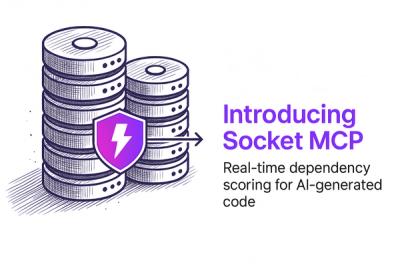dataloader-sequelize-wrapper
wrap your Sequelize objects in a dataloader caching layer
Install
npm install dataloader-sequelize-wrapper --save
Usage
import Cache from 'dataloader-sequelize-wrapper';
const mySequelizeOrm = new Sequelize({
})
const cache = new Cache(mySequelizeOrm);
cache.from('mymodel').load(2)
.then(x => console.log(x.id));
cache.from('mymodel').loadMany([ 1, 2, 3 ])
.then(x => x.forEach(y => console.log(y.id)));
cache.from('mymodel').load(4)
.then(x => x.getAssociatedObject())
.then(x => console.log(x.id))
cache.from('myassociatedmodel').load(5)
.then(x => console.log(x.id))
Features
This package provide a smart caching layer which augments your Sequelize objects with cache-aware relationship accessors.
This is achieved through:
-
Smart caching. The cache is aware of your Sequelize schema and thus can intercede also when fetching relationship. Thus objects fetched from an association, like in the example, are cached too. This exponentially improves the hit rate of the cache.
-
Immutability. No object can be modified to avoid consistency disasters. The only allowed operations are addition and deletion from the cache.
-
Minimal API change. Your code stays the same, but under the hood Sequelize objects are augmented with caching. If you wrote your code neatly, it will be just matter of converting sequelize.where calls to cache.from.load calls.
If your fetching logic isn't pure, immutability will give you problems (but expect problems to always come up from an idempotent interface with a non-idempotent implementation).
Non-features
Because of immutability, accessing mutating methods on an augmented Sequelize object will fire a warning.
Also the whole thing is designed to work with full objects, so it doesn't support options for any of the methods it wraps with caching. This is unlikely to change in the future because handling the general case and tracking partial objects is way more difficult and prone to error.
API
class Cache
It's a container for a dictionary of dataloader-like caches. Each of your Sequelize models gets its cache (lazily).
from(modelName: string): DataLoader
Get the cache for model modelName.
class DataLoader
It's a dataloader cache. Objects of this class are returned by Cache.from.
load/loadMany(id: vary): AugmentedSequelizeObject
Load objects with the given IDs to cache and returns a promise to them. Objects returned are augmented objects. Order is preserved when possible.
clear(id: vary)
Delete the object with the given ID from the cache
clearAll()
Wipes the cache
interface AugmentedSequelizeObject
It's a modified version of a Sequelize object, which exposes every attribute a normal object does but wraps get*(), has*() and count*() accessors for relationships. When invoking get*() methods, relationships are also loaded from cache and stored.
Calling any method with args will disable caching for that call.
Calling add*(), set*(), create*() and remove*() accessors will "work" (i.e. won't throw) but will fire a warning and obliterate consistency. Don't do that.
Contribution
PRs and issues are welcome! You can always tweet me anyway.
License
ISC



